This message is also available in the website
http://www.santilli-foundation.org/Publ-Antm-papers.php
PUBLICATION OF PAPERS ON THE APPARENT DETECTION OF ANTIMATTER GALAXIES VIA SANTILLI TELESCOPE WITH CONCAVE LENSES.
New York, March 3, 2014
We announce the publication in Cambridge, UK ,of the paper by Prof. R. M. Santilli (Curriculum), Ref. [1] below, on the apparent first detection of antimatter galaxies, antimatter asteroids and antimatter cosmic rays via a telescope with concave lenses and the publication of paper [2] by independent scientists on the first experimental confirmation, which papers were indicated as being in print at the preceding posts of February 16, 2014
http://www.prweb.com/releases/2014/02/prweb11589410.htm
http://www.santilli-foundation.org/Detect-Ant-Galaxies.php?vsmaid=19
Research funds are available for the study of the behavior of matter-light when hitting antimatter-asteroids to initiate the study of their advance detection.
All technical questions have to be addressed to the leading and originating scientist in the field, Prof. R. M. Santilli at the IBR email basicresearch@i-b-r.org.
Pamela Fleming
Executive Secretary
The Institute for Basic Research
Web site: www.i-b-r.org
===========================
PICTURES FROM REF. [1]


Figure 1. When he was at the Department of Mathematics of Harvard University in the early 1980s under DOE support, Santilli discovered a new mathematics which is anti-isomorphic to the conventional mathematics used for matter, today known as "Santilli isodual mathematics" (see Santilli's presentation [3] of 2006 and the recent developments by the mathematician S. Georgiev [4] of the Sorbonne University in France). Due to its anti-isomorphic character, isodual mathematics is ideally suited for the "classical;" representation of "neutral" (as well as charged) antimatter-galaxies, antimatter-asteroid and antimatter-light. The application of the isodual mathematics to antimatter [1-3], today known as "Santilli isodual physics" [4,5], correctly represent all available experimental data on antimatter at the classical and particle levels, and predicts that (view in the left) antimatter-light experiences a gravitational repulsion (antigravity) in a matter-field. Isodual physics consequently predicts that (view in the right) antimatter-light passing through a matter-medium has a negative index of refraction [3], thus requiring concave lenses for its focusing (see Ref. [1] above and preceding literature).
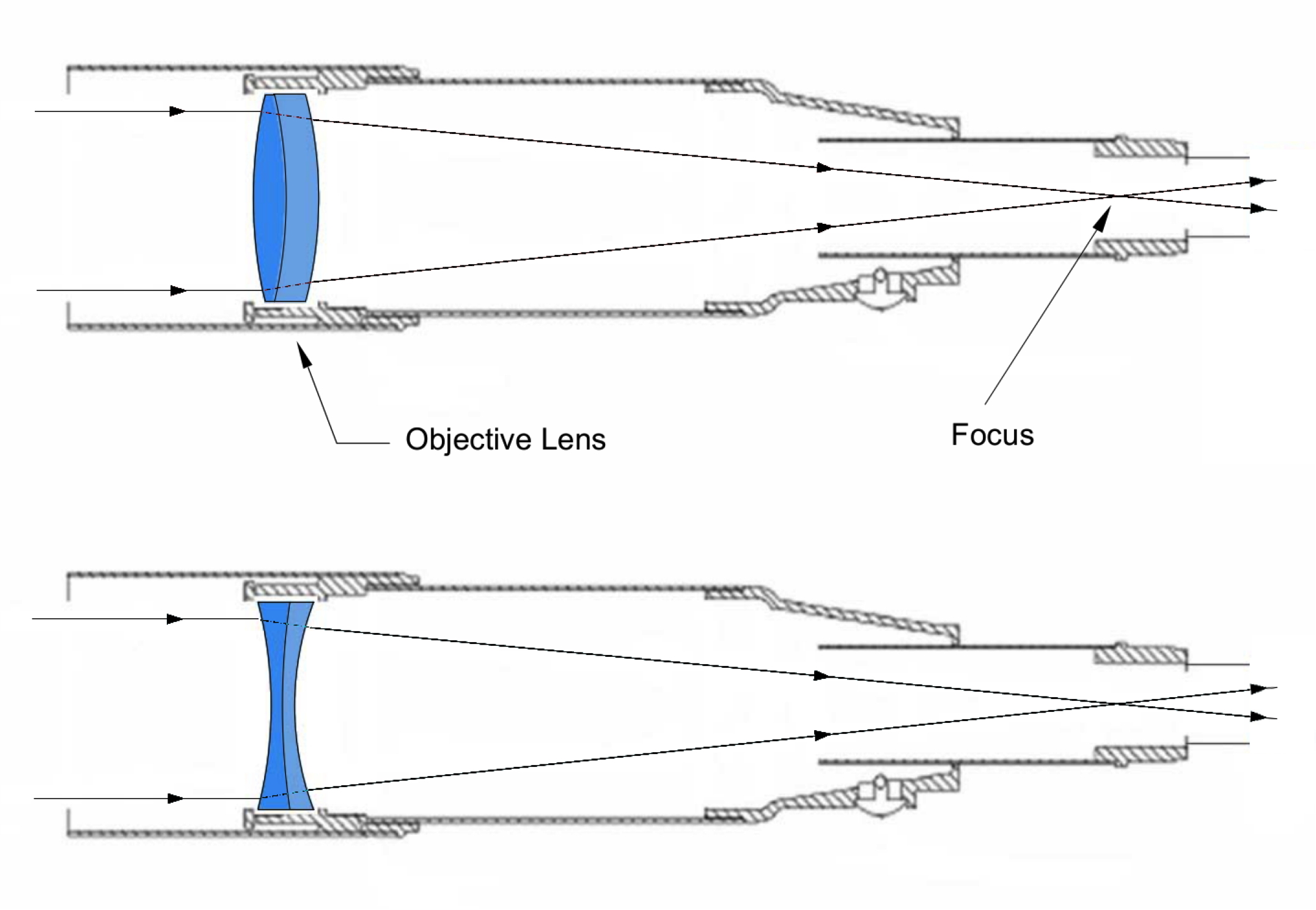
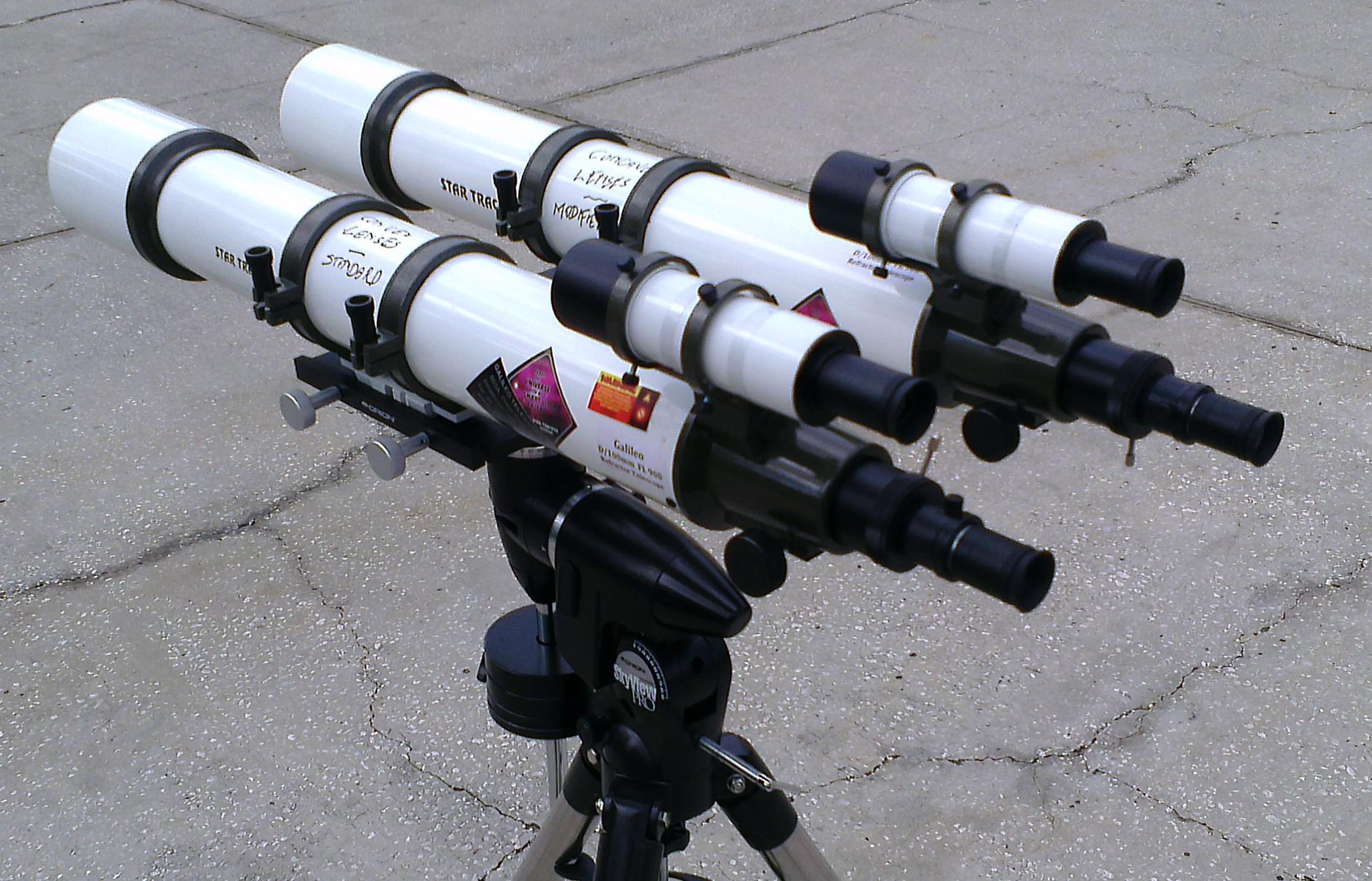
Figure 2. A structural view (in the top left) of a conventional, refractive Galileo's telescope with convex lenses for the focusing of light from matter-galaxies; a comparative view (in the bottom left) of the novel, refractive Santilli's telescope with concave lenses for the focusing of light from, antimatter-galaxies; and a view (in the right) of the parallel assembly of Galileo's and Santilli's telescopes used in measurements [1,2].
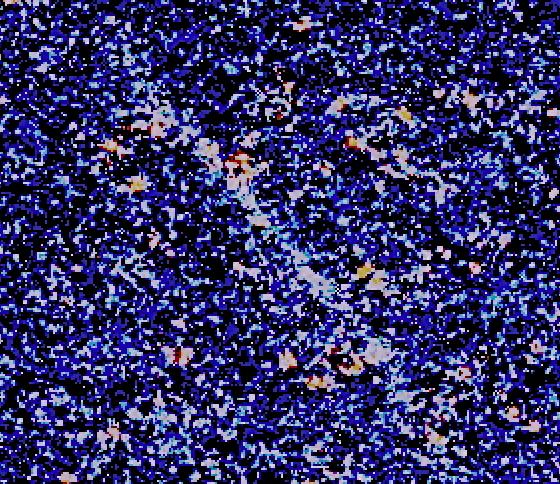
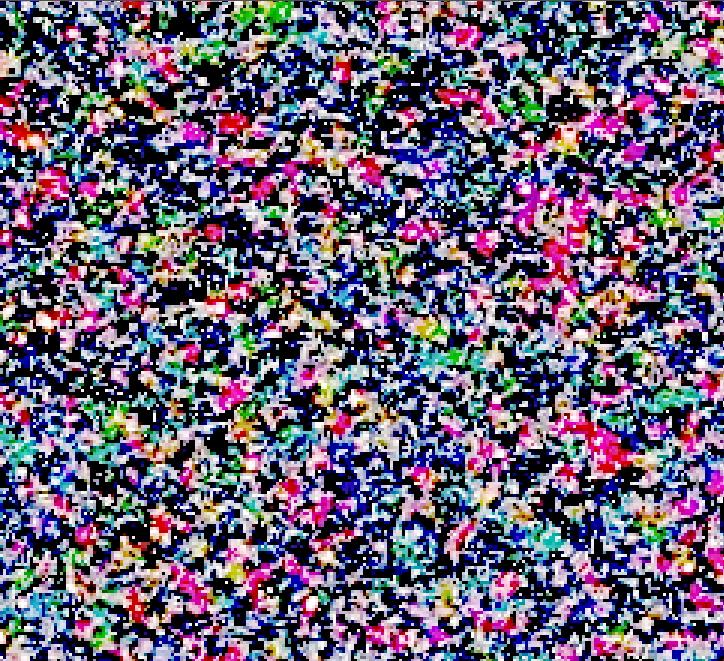
Figure 3. A view (in the left) of a "streak" caused by a matter-galaxy in the Vega region of the night sky detected by Galileo's telescope in a camera with 15 seconds exposure, and a view (in the right) of a "streak" detected by Santilli's telescope with the same exposure in the same region of the sky, which streak does not exist in Galileo's telescope. As such, the streak of the right picture can only be due to light having a negative index of refraction, the sole possible origin being that of light from an antimatter-star or an antimatter-galaxy. Note that the antimatter-streak is one of darkness as expected from Dirac prediction, confirmed by Santilli, that antimatter possesses a negative energy. Note also the experimental confirmation of the prediction of Santilli isodual physics that a telescope with concave lenses can focus images, as first discovered by Santilli in Ref. [1] following three decades of research.
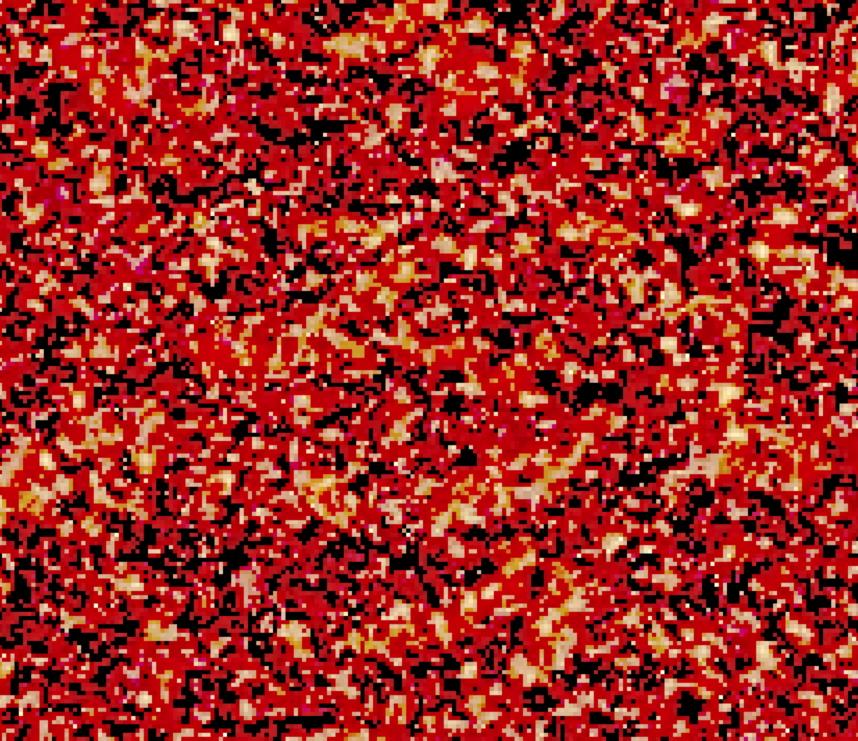
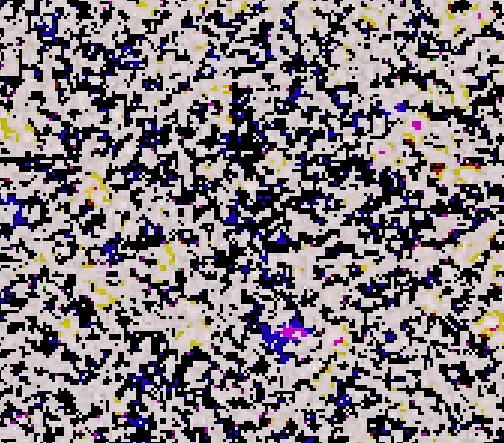
Figure 4. In addition to focused streaks of darkness, Santilli [1] reported the detection with his telescope of numerous "circles of darkness" (shown in the left) generally present anywhere in the night sky that can only be generated by an instantaneous event since occurring under 15 seconds exposure. Santilli suggests that these circles of darkness are due to antimatter cosmic rays annihilating in our upper atmosphere. Santilli [1] also reported mysterious dark images (such that on the right) detected by his telescope that are also absent in the Galileo telescope, cannot be caused by antimatter-galaxies or antimatter cosmic rays since the image does not have the orientation and length needed under 15 seconds exposure, and are not instantaneous. Santilli suggests that these additional images of darkness may be due to small antimatter asteroids annihilating in our upper atmosphere [1].
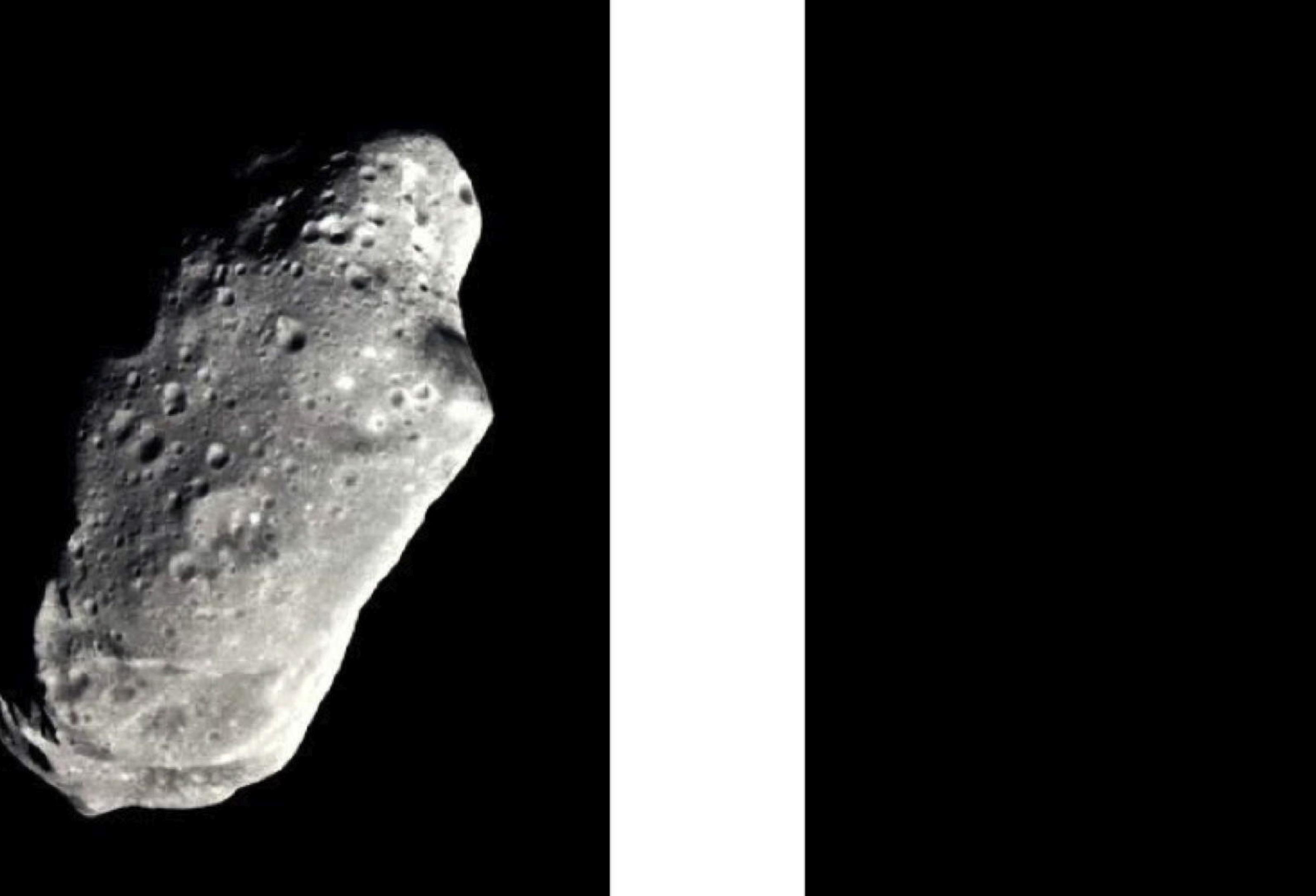
Figure 5. It appears that antimatter asteroids annihilating in our atmosphere releases antimatter--light that can be detected via Santilli telescope while being absent in Galileo telescope. However, the detection of antimatter asteroids "before" reaching our atmosphere is basically unknown at this writing due to the absence of any optics for antimatter-light and the lack of knowledge whether light from our Sun is refracted or absorbed by a cold antimatter asteroids. The annihilation of antimatter asteroids with the size of a football would excite our atmosphere to such an extent of disabling all civilian, industrial and military communications (as it was the case for the 1908 devastating Tunguska explosion [5]). This establishes the need for the physics community to come back to its senses, by stopping the widespread Einstein politics denounced in 1985 by The Harvard Crimson (http://www.santilli-foundation.org/docs/HarvardCrimson.pdf) in support of Santilli's 1984 "Ethical Probe of Einstein Followers in the U.S.A.: An Insider View" (http://www.scientificethics.org/IlGrandeGrido.htm) as a premise to conduct studies, necessarily beyond Einstein, of Santilli's isodual mathematics and physics, with particular reference to systematic studies for the detection of antimatter asteroids so much needed for our own security.
REFERENCES
[1] R. M. Santilli
APPARENT DETECTION OF ANTIMATTER GALAXIES
VIA A REFRACTIVE TELESCOPE WITH CONCAVE LENSES
Clifford Analysis, Clifford Algebras and their Applications
Vol. 3, pages 1-26, 2014 (Cambridge, UK)
http://www.santilli-foundation.org/docs/Antimatter-telescope-2013-final.pdf
[2] P. Bhujbal, J. V. Kadeisvili, A. Nas, S Randall, and T. R. Shelke
PRELIMINARY CONFIRMATIONS OF ANTIMATTER DETECTION
VIA SANTILLI TELESCOPE WITH CONCAVE LENSES
Clifford Analysis, Clifford Algebras and their Applications
Vol. 3, pages 27-39, 2014 (Cambridge, UK)
http://www.santilli-foundation.org/docs/Con-Ant-Tel-2013.pdf
[3] R. M. Santilli, Isodual Theory of Antimatter with Applications to
Antigravity, Grand Unification and Cosmology, Springer (2006).
[4] S. Georgiev, Foundations of the IsoDifferential Calculus In press at an undisclosed publisher.
Preliminary version available from the link
http://www.santilli-foundation.org/docs/isohandbook.pdf
[5] R. Anderson, A. A. Bhalekar, B. Davvaz, P. Muktibodh, V. M. Tangde, and T. Vougiouklis,
"An introduction to Santilli isodual theory of antimatter and the ensuing
problem of detecting antimatter asteroids,"
Numta Bulletin 2012-2013, 6, 1-33
http://www.santilli-foundation.org/docs/Antimatter-2013.pdf
=================================
TO UNSUBSCRIBE
Please send a request to
sf-list-request@santilli-foundation.org
with the word 'unsubscribe' in the "Re:" section
TO SUBSCRIBE
Please send a request to
sf-list-request@santilli-foundation.org
with the word 'subscribe' in the "Re:" section
===========================